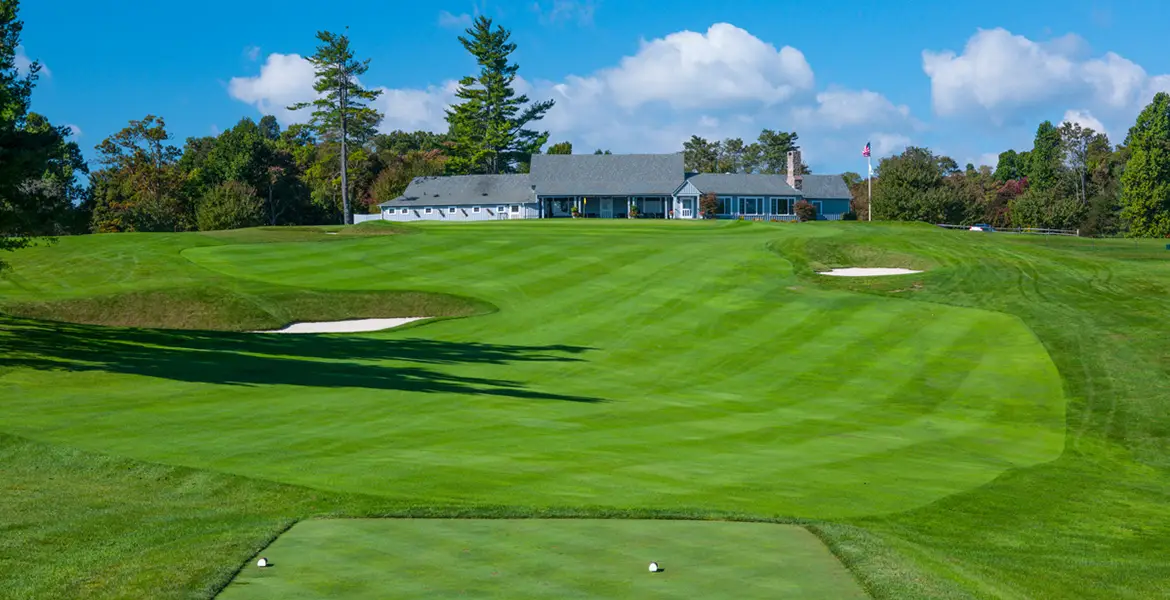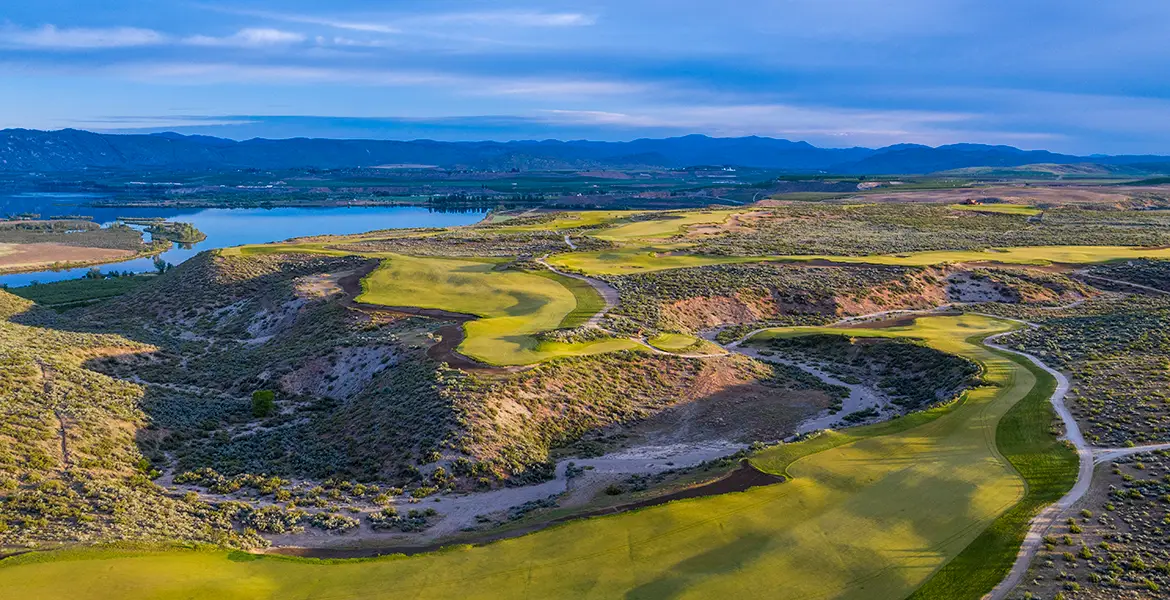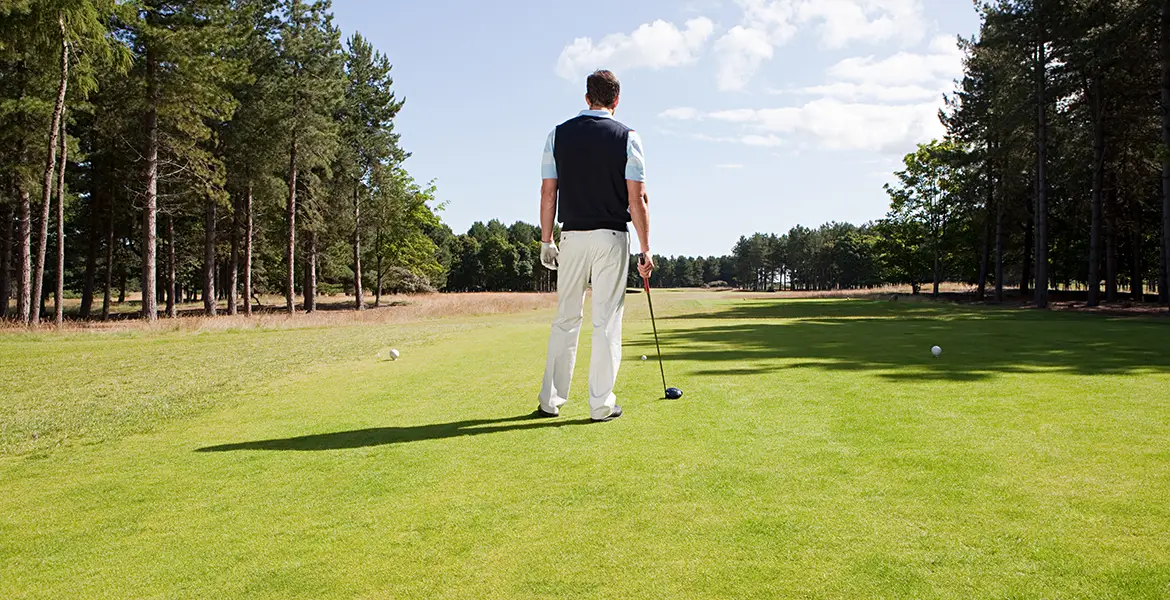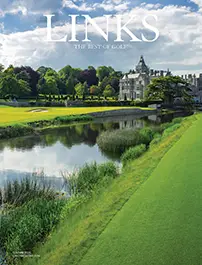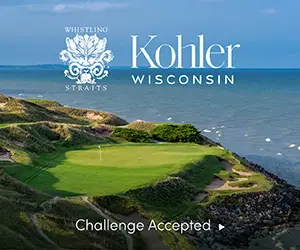Less well known than some other heathland courses west of London, this club’s two Herbert Fowler layouts deserve their due
In a 2018 essay titled “A disappearing landscape: The heathlands of the Berkshire, Hampshire and Surrey borders,” Alan G. Crosby of the British Association for Local History wrote that at the beginning of the 18th century heathland covered at least 100,000 acres (about 150 square miles). “They were generally condemned as inhospitable, barren and unproductive waste,” he added, “and were vilified by agricultural improvers at the end of the century.”
One man’s unproductive waste is another’s dream opportunity, of course, so while farmers and the agriculturally focused lamented the area’s infertility, golfers rejoiced at the thought of pinching iron shots off the closely cropped turf that grew in the sandy soil. Road- and railway-building, the annexation of sizeable swaths for military purposes, and the near relentless growth of London and its satellite towns quickly eroded the amount of land available for golf courses. But, thank heavens, plenty were built before suburbia could take over entirely.
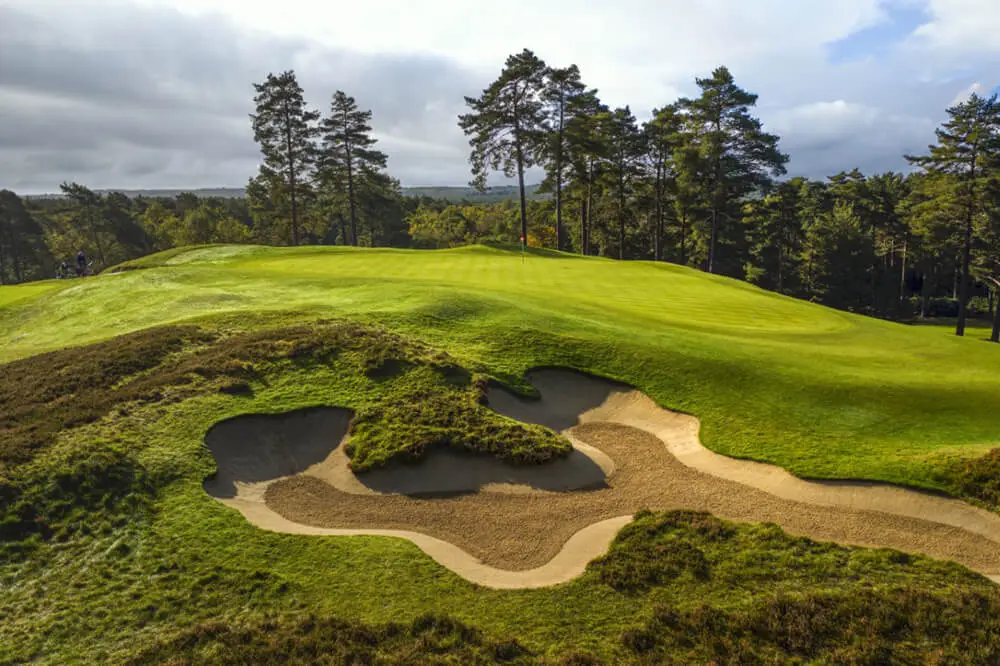
The Berkshire—about 30 miles west of London—opened in 1928 with 36 holes on Crown Estate Land that Queen Anne had apparently used for hunting parties in the early 1700s. Both the Red and Blue Courses were designed by Herbert Fowler, 72 years old on the day they opened. He used the club’s 372 acres so skillfully that none other than Bernard
Darwin, intimately familiar with so many of Britain and Ireland’s great courses, was impressed. “I begin by taking off my hat to him (Fowler) with profound respect,” Darwin wrote in the club’s handbook. “His art has mellowed with experience and has gained something in variety, in subtleness and in picturesqueness. Mr. Fowler has made a very fine job of it and has added two courses to the select number of unquestionably first-class inland courses.”
Fowler had grown up in a Quaker household and was a man of many talents. He was an accomplished cricketer and a partner in a bank before taking up golf seriously, but was soon playing off scratch at Royal North Devon Golf Club. He became a member of the R&A and served on the club’s Greens Committee, represented England (something he hadn’t been able to do in cricket) in matches against Scotland between 1903 and 1905, and played in the Open Championship of 1900, finishing tied for 26th.
It was at about this time his banking business failed, and strapped for cash and in need of work, he agreed to design two courses for his wealthy brother-in-law, Sir Henry Cosmo Bonsor, on an attractive expanse of heathland near Walton-on-the-Hill, 20 miles south of London. Walton Heath opened in 1904 and was the opening salvo in a career that saw him design a handful of Britain’s best courses as well as Eastward Ho! in Massachusetts (he also changed Pebble Beach’s weak closing par four into a brilliant par five).
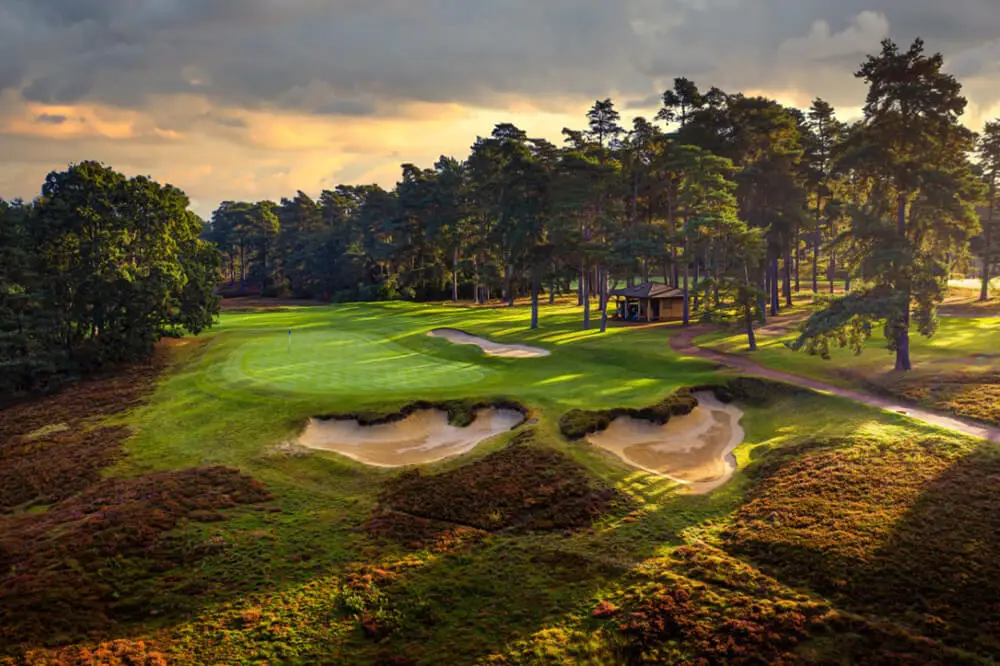
The Berkshire was Fowler’s last great project, and he used the lion’s share of the site for the Red Course, which may seem a little quirky with six par fives, six par fours, and six par threes, but is full of good golf nonetheless. There are numerous outstanding holes, including the delightful 354-yard left-to-right-curving 6th and the 186-yard uphill 10th,
which diagonally crosses a heather-covered bank.
Though it takes up less space, the Blue Course certainly wasn’t an afterthought. After opening with an intimidating, 213-yard par three across a minefield of heather (a scary sight early on a November morning, I can assure you), you find just as many quality holes on this course as you do on its very slightly longer (6,452 yards vs. 6,366 yards) sibling.
There are several other heathland classics within a short drive of The Berkshire, but with two courses consistently ranked within England’s top 50, it would be a dreadful shame to miss it.
Thank you for supporting our journalism. If you prefer to read in print, you can also find this article in the Spring 2023 issue of LINKS Magazine. Click here for more information.


